-
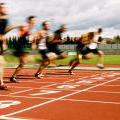
Can you work out which Olympics athletics event each anonymised graph of Olympic records data represents? This activity, aimed at Key Stage 3 (age 11-14), gives students the opportunity to make sense of graphical data and challenges them to apply their own knowledge about athletics to explain and interpret key features of the graphs.
-
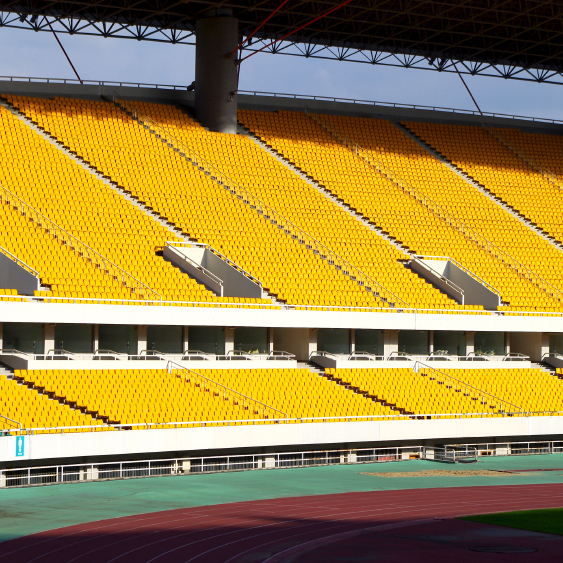
How would you design the seating for an Olympic stadium to give spectators the best view of events? This geometry and modelling activity is designed to be accessible to both GCSE and A-level maths students (Key Stage 4 and Key Stage 5), who can tackle it at different levels.
-
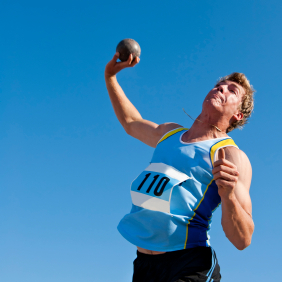
At what angle should you release the shot to break Olympic records? This activity gives students the opportunity to investigate projectile motion in a real-life context, and is aimed at A-level students (Key Stage 5).
-
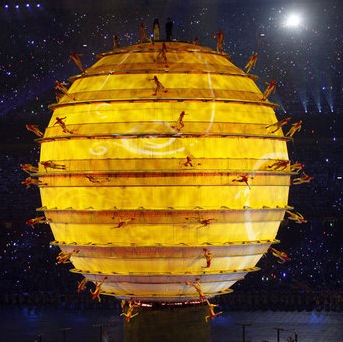
As excitement mounts ahead of the start of the London 2012 Olympic and Paralympic Games, take a look back at the opening ceremony for the 2008 Games in Beijing. What shapes and patterns can you see? This activity is aimed at young primary school children at KS1.
-
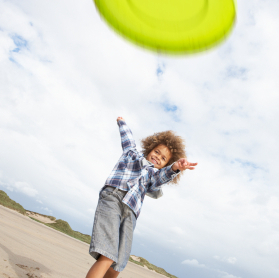
Can you throw a beanbag as far as the Olympic hammer or discus throwers? This activity introduces children to informal measures to compare distances, and is designed to be accessible to primary pupils at Key Stage 1.
-

Can you match these records and measurements to the correct event at the Olympic Games? This activity invites students to engage with units of measurement and orders of magnitude, and is aimed at secondary students at Key Stage 3.
-
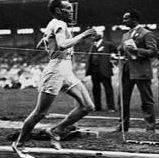
Look at the changes in results on some of the athletics track events at the Olympic Games in 1908 and 1948. What will the results be in 2012? This slightly more challenging activity encourages children to examine data and consider different kinds of influencing factors, and is designed to be accessible to primary pupils at Key Stage 2.
-
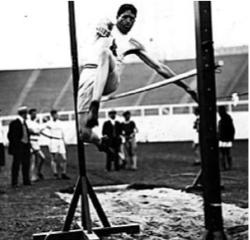
How do you compare to these results from Olympic Games in the past if you try similar running and jumping activities? This activity uses the history of the Olympic Games to introduce ideas about measuring time and distances in standard units, and is designed to be accessible to primary pupils at Key Stage 2.
-
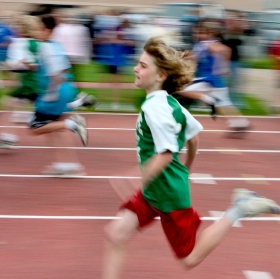
Who won in these different events? This is a more challenging activity for primary pupils at Key Stage 1, which helps children understand why sometimes the winner has the biggest number and sometimes the smallest.
-
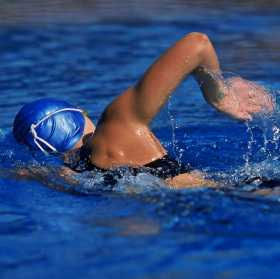
Do you think the triathlon will be won by someone who is very strong in one event and average in the other two, or someone who is strong in all three disciplines? This activity challenges students to analyse real-life data and use their knowledge of sport to explain what they notice, and is aimed at secondary maths students at Key Stage 4.

